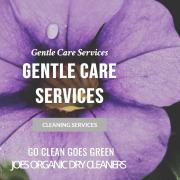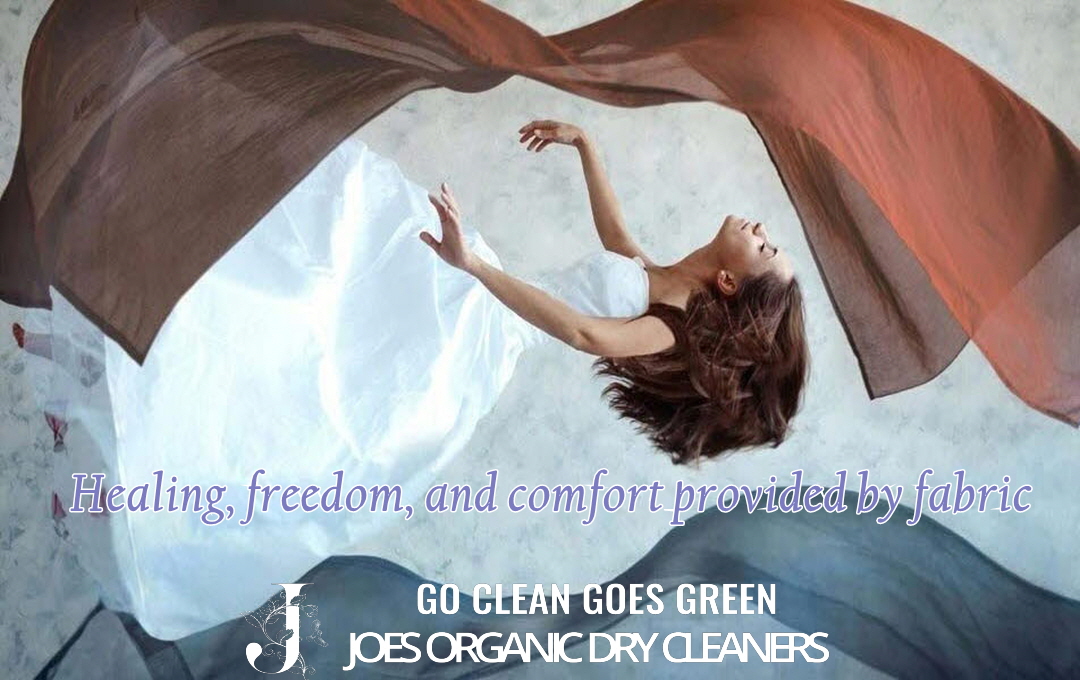We guarantee the best, most thorough and most professional dry cleaning ever. Or it’s Free! that’s right!
“You must feel that our cleaning is the best you’ve ever had, or I’ll clean it again for free. If you’re still not pleased for any reason, I’ll refund All your money. At Joe’s Organic Dry Cleaners, you take no chances. What could be more fair?”
The Reason Why…
Why can’t the dry cleaner remove every stain?
Unfortunately for everyone, some stains are permanent. They simply become part of the fabric. Continued attempts to remove them will cause dye loss or fabric damage, known as chafing or fraying.
Many stains are removed by the dry cleaning machine and require no additional effort from the cleaner. A group of stains, called stubborn stains, require the attention of a stain removal
specialist. The art of removing stains is called “spotting” and the person doing the stain removal is called the “spotter”. Spotting stubborn stains requires a high level of skill, knowledge and experience. The spotter is typically one of the highest-paid employees in a dry cleaning plant.
The Spotter’s Dilemma
When presented with a stubborn stain, spotters are eager to do everything possible to remove the stain, however, they must avoid damaging the fabric. Stubborn stains often require a combination of strong stain-removing solutions and a significant amount of mechanical action to get them out. Not knowing how much effort it’s going to take, the spotter will try using the mildest stain removal methods and solutions first. If the stain remains, they will try something a little stronger. They will continue to repeat this process until either the stain is successfully removed or the fabric begins to show signs of dye loss or chafing. At this point, they must stop working on the stain. If they continue, they risk damaging the fabric.
How do stains become permanent?
A stain can consist of virtually any liquid substance that comes in contact with your clothes. Time usually determines whether a stain can be removed or not. Almost all stains can be removed if treated quickly enough. However, most stains will become permanent if left untreated for too long. When first coming into contact with fabric, most stains will initially remain on the surface and can be removed relatively easily. Over time, stains absorb into the fabric and permeate the fibres. They begin to react with the fabric’s dye. A chemical change takes place and the stain literally changes the colour of the fabric. Stains often turn light fabrics darker or dark fabrics lighter. These colour changes in the fabric are almost always permanent. Once this takes place, even if the spotter removes the original stain, the fabric where the stain was is now a different colour. It looks like the stain is still there, but it’s not. What you are seeing is the permanent damage that the stain caused.
Heat causes the same type of stain “setting” that time does. You should never apply heat of any kind to a stain. Do not iron a stained garment and do not put it in the dryer.
Thanks for your understanding in this matter.








































